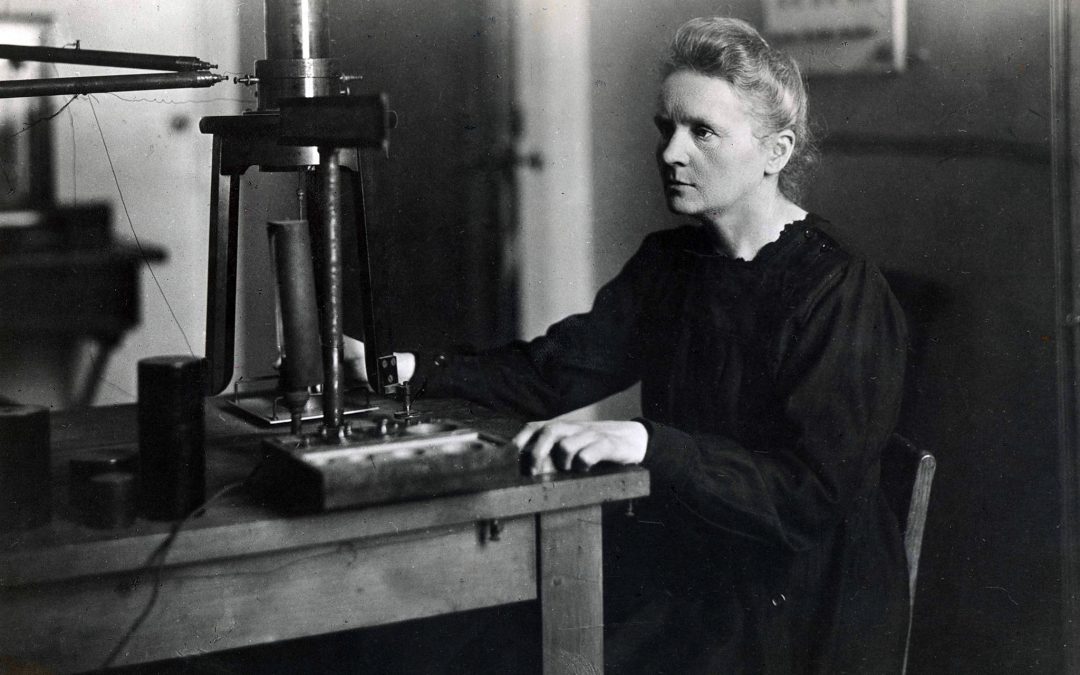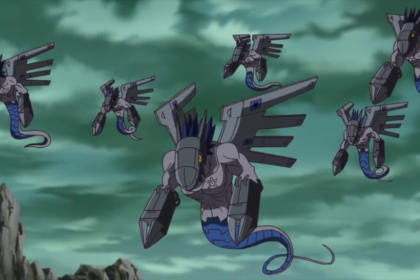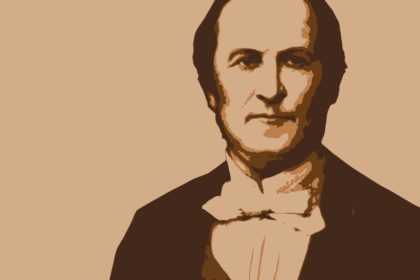Marie Sklodowska Curie was a Polish and naturalized French physicist and chemist who conducted pioneering research on radioactivity. She was the first woman to win a Nobel Prize, the first person and only woman to win twice, the only person to win a Nobel Prize in two different sciences and was part of the Curie family legacy of five Nobel Prizes. Take a look below for 30 more fun and interesting facts about Marie Curie.
1. She was the first woman to become a professor at the University of Paris, and in 1955, became the first woman to be entombed on her own merits in the Pantheon in Paris.
2. She was born in Warsaw, in what was then the Kingdom of Poland, part of the Russian Empire.
3. Curie studied at Warsaw’s clandestine Flying University and began her practical scientific training in Warsaw.
4. In 1891, at the age of 24, Curie followed her older sister Bronislawa to study in Paris, where she earned her higher degrees and conducted her subsequent scientific work.
5. She shared the 1903 Nobel Prize in Physics with her husband Pierre Curie and with physicist Henri Bacquerel.
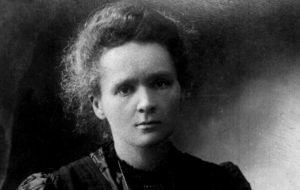
6. She won the 1911 Nobel Prize in Chemistry.
7. Her achievements included the development of the theory or radioactivity, a term she coined, techniques for isolating radioactive isotopes, and the discovery of two elements, polonium and radium.
8. Under her direction, the world’s first studies into the treatment of neoplasms were conducted using radioactive isotopes.
9. She founded the Curie Institutes in Paris and in Warsaw, which remain major centers of medical research today.
10. During World War I, Curie developed mobile radiography units to provide X-ray services to field hospitals.
11. While a French citizen, Marie Curie, who used both surnames, never lost her sense of Polish identity. She taught her daughters the Polish language and took them on visits to Poland.
12. She named the first chemical element that she discovered in 1898 polonium, after her native country.
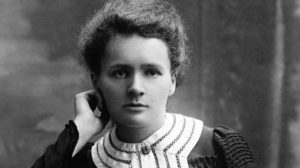
13. Curie died in 1934, aged 66, at a sanatorium in Sancellemoz, France, of aplastic anemia from exposure to radiation in the course of her scientific research and in the course of her radiological work at field hospitals during World War I.
14. In 1893, she received a degree in physics and worked in an industrial laboratory while she earned a second degree.
15. Curie decided to study uranium emissions as a field of research for her doctoral thesis.
16. Pierre Currie had invented a sensitive electrometer, which she used to discover that uranium caused the air around the sample to conduct electricity and, since the reaction depended on the size of the sample, she theorized that the radiation was coming from the sample itself and not an interaction between the molecules.
17. In 1897, she took a position at the Ecole Normale Superieure and she and Pierre continued their research in a small, leaky shed near his school.
18. On April 14, 1898, the Curies ground a 100 gram sample of pitchblende in an attempt to find the elusive element that was so much more radioactive than uranium.
19. In June 1903, she received her doctorate from the University of Paris and Pierre was invited to speak on radioactive elements at the Royal Institution in London, but women weren’t allowed to speak.
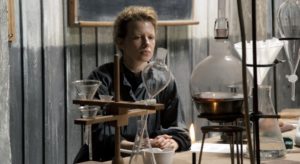
20. She founded the Radium Institute for research into radioactivity and refused to patent her process for radium isolation so other scientists could continue the work unencumbered.
21. Due to the strained financial condition of her family during her childhood, Curie worked as a governess at her father’s relatives home. There, she fell in love with the family’s son, Kazimierz Zorawski, and wanted to marry him. However, the boy’s family denied the marriage, citing the bad financial conditions of the Curie family.
22. Marie Curie was introduced to Pierre Currie by a Polish physicist. At the time of their meeting, Marie was in need of a laboratory, and the Polish physicist was of the opinion that Pierre could afford to arrange a laboratory for Marie to continue her mission.
23. At one point, Curie applied for a position at the Polish University of Krakow. However, being a woman, she was denied.
24. Curie kept a sample of radium next to her bed as a night light.
25. The Curies died unaware of the fact that the radioactive elements were damaging to their health while they handled and worked on them. Even the notes that they had compiled at the time and the paper that they had written, are still radioactively contaminated to this day. They are preserved in lead-lined boxes and when they are referenced, they are handled with the utmost care.
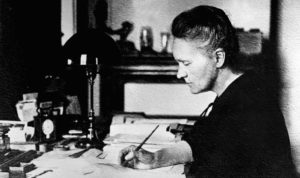
26. In 1906, Pierre Curie died in a road accident. The accident shattered Marie, however, she continued her work in physics and chemistry.
27. After the death of her husband, Curie had a brief affair with one of Pierre’s students, who was five years younger than her.
28. When the news of the affair broke out, Curie faced a lot of criticism from the public. She started hiding from public view and lived in a friend’s house with her daughter. The incident weakened her and she lost the confidence to fight back.
29. In the prestigious invite-only Slovary Conference in 1911, Curie was the only woman invitee out of its 24 members. Albert Einstein was also one of the attendees of the conference.
30. Albert Einstein, who met Curie at the Slovary Conference in 1911, wrote her a letter encouraging her during her tough time with the public.

